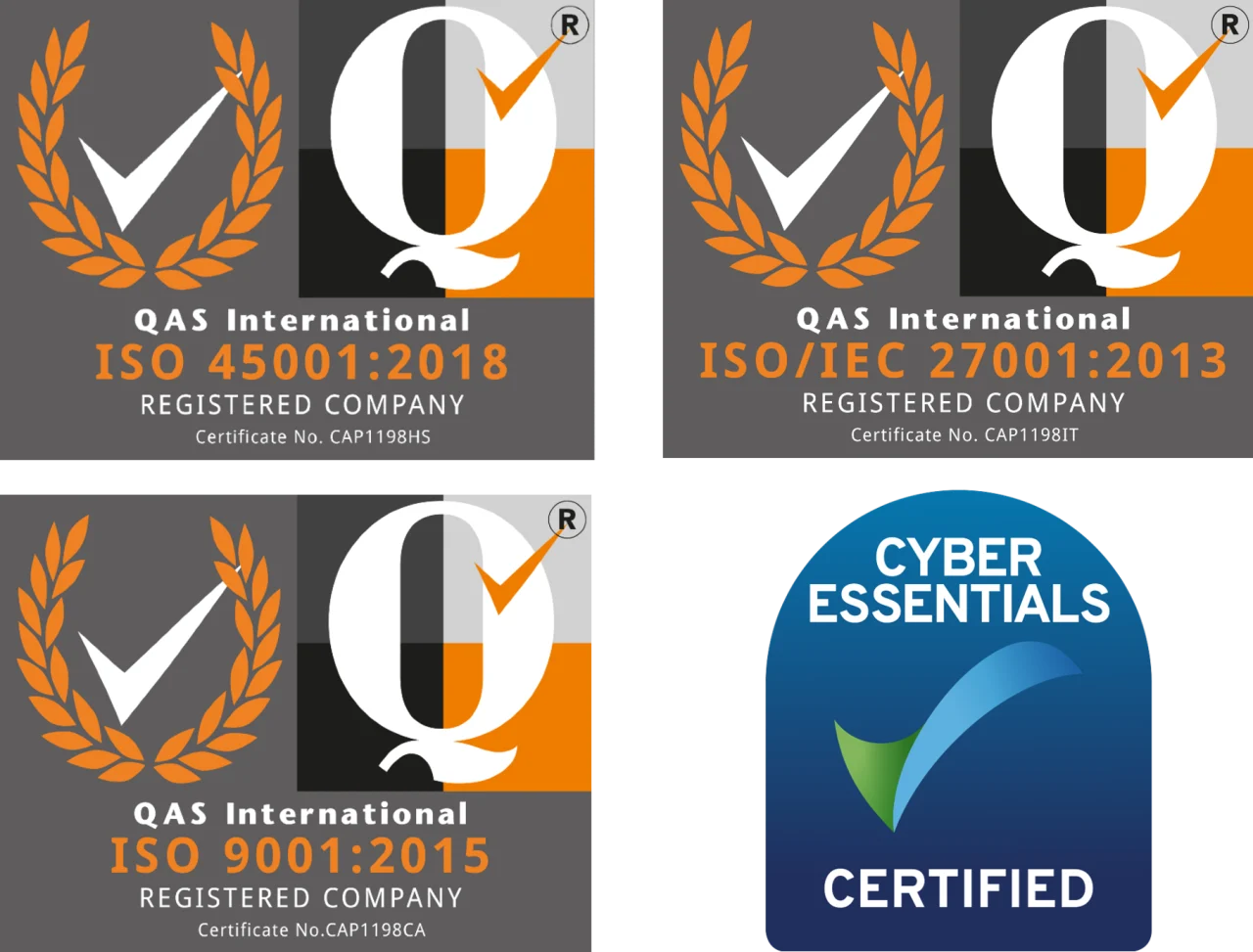Here at ESP Projects in Sheffield we have been listening to the questions we get asked by our customers and we have chosen a few topics we are going to explore in more detail. One of the common questions we have been asked recently is, How do I avoid Phishing emails? In this blog we explore just that – So grab and coffee and have read.
Phishing emails are like digital bait used by cybercriminals to lure unsuspecting victims into disclosing personal information or falling for scams. These emails often impersonate trusted sources to trick you into taking harmful actions. Fortunately, there are user-friendly ways to protect yourself from phishing attacks. In this article, we’ll explore simple and effective methods to stop phishing emails and keep your online identity safe. The majority of the below points will crossover as many of the tips for protecting yourself online will link in with each other. Recently we have seen some come from people impersonating the Sheffield City Council. These emails can come from anywhere, so we advise everyone to be vigilant and follow the below steps.
Be Wary of Unsolicited Emails
The first step in preventing phishing attacks is to be cautious of emails from unknown senders. If you didn’t expect an email from someone or an organisation, be extra vigilant. Avoid clicking on any links or downloading attachments from unfamiliar sources.
Verify the Sender’s Email Address
Always double-check the sender’s email address. Scammers often use email addresses that look similar to legitimate ones but contain small variations or misspellings. If something seems off, don’t open the email or its attachments.
Hover Before You Click
Before clicking on any links in an email, hover your mouse pointer over them. A tooltip will show you the actual URL where the link will take you. If the URL doesn’t match the expected destination, don’t click it. Legitimate sources will always provide accurate links.
Avoid Sharing Personal Information
Phishing emails often request sensitive information like passwords or credit card details. No reputable organisation will ask for such information via email. If you’re asked for personal details in an email, it’s likely a phishing attempt. Do not reply or provide any information.
Look for Spelling and Grammar Errors
Many phishing emails contain spelling and grammar mistakes. Scammers may not pay as much attention to detail as legitimate organisations do. If you notice unusual errors or awkward language in an email, be suspicious.
Beware of Urgent Requests
Phishing emails often create a sense of urgency, urging you to act immediately. Whether it’s a supposed security breach or a fantastic offer, take a moment to think before you react. Scammers rely on impulsive decisions; don’t fall for it. For example, there are key words you can look out for (Now, Right Away, Urgent/Urgently etc.) these are the kind of words/phrases that will make workers panic and often lead to an account breach or loss of money.
Enable Two-Factor Authentication (2FA)
Two-factor authentication (2FA) is a fantastic way to enhance your account security. It requires an additional step, like a text message or an app-generated code, to log in. Even if a scammer gets your password, they won’t be able to access your account without the second factor.
Report Suspicious Emails
Most email providers have a “Report as Phishing” option. If you receive a suspicious email, use this feature to notify your email provider. Reporting these emails helps them improve their filters and protect other users.
Stay Informed
Stay updated on the latest phishing trends and techniques. Cybersecurity awareness is your best defence. Regularly read about new threats and phishing examples to become better at recognising them.
Ask a Colleague
Almost every company nowadays has something in place, that if you are unsure about the origins of a particular email or would just like confirmation that it’s coming from the right place you can contact the sender. A lot of companies now have an additional section at the bottom of an email signature to verify the changing of bank details before going ahead with anything.
Summary
Stopping phishing emails is not about being tech-savvy but about being cautious and informed. By following these user-friendly tips, you can significantly reduce the risk of falling victim to phishing attacks. Remember that a little skepticism can go a long way in keeping your personal information and online identity safe. Stay alert, stay safe, and protect your inbox from phishing scams. If you are concerned and want to have a chat to see how we can help you, book a chat using the button below.

